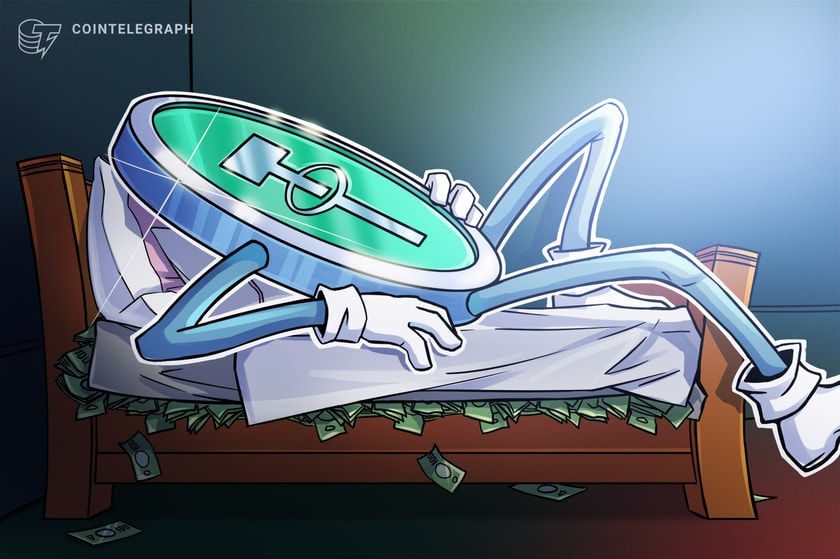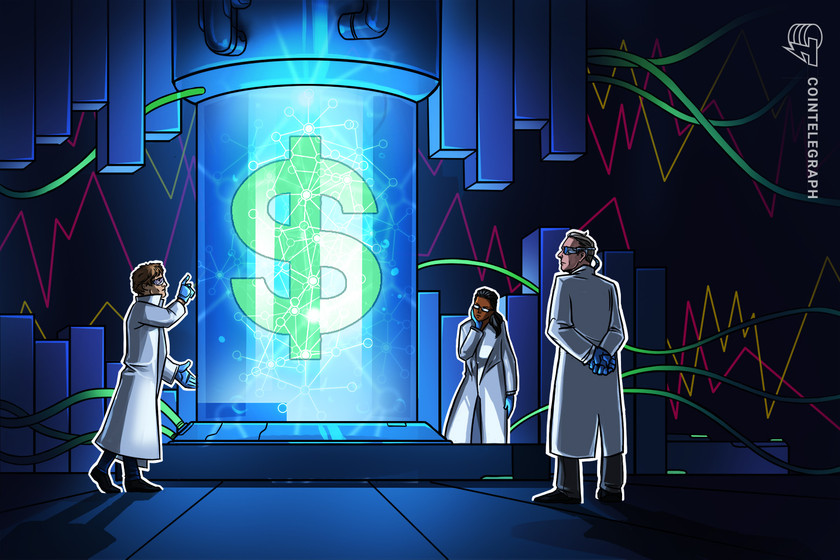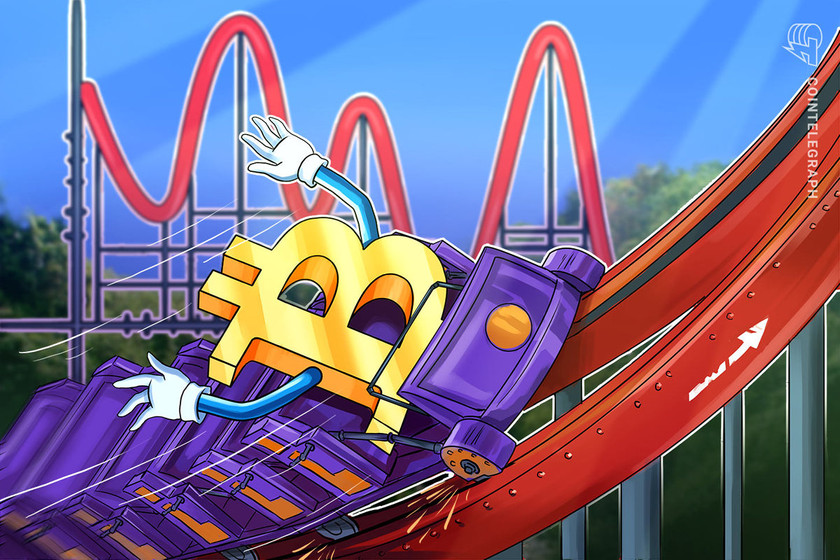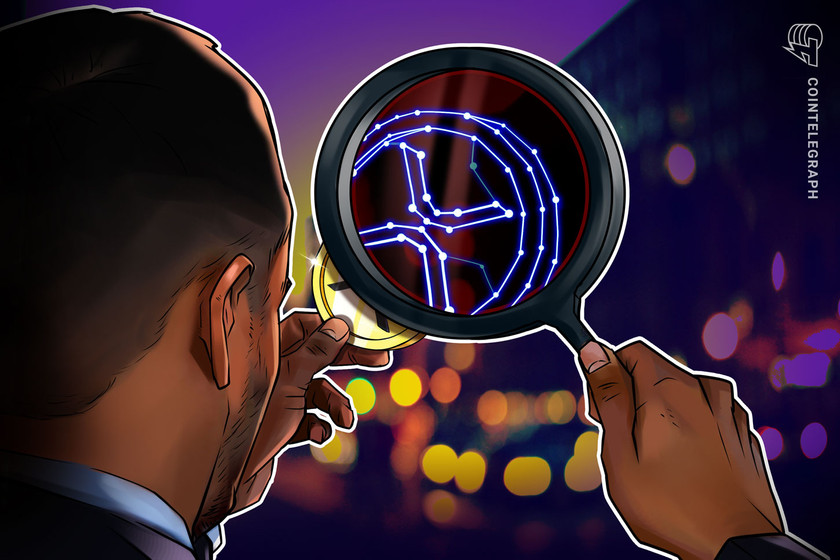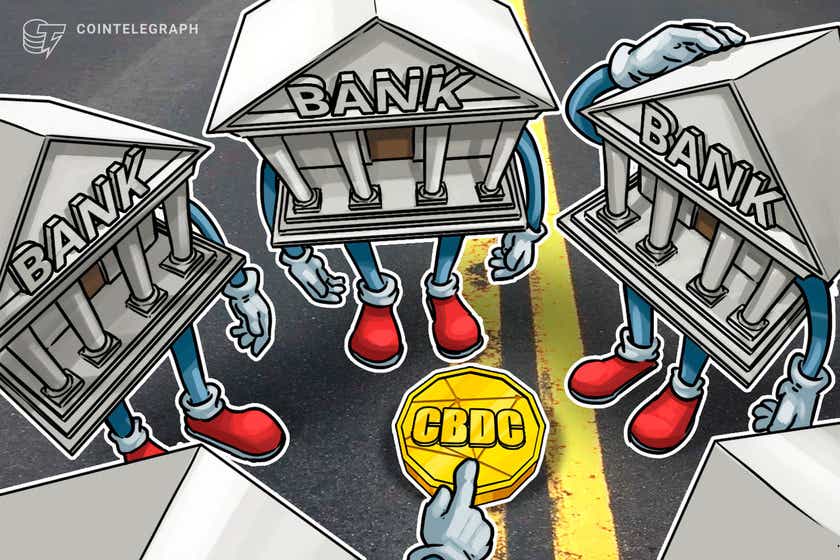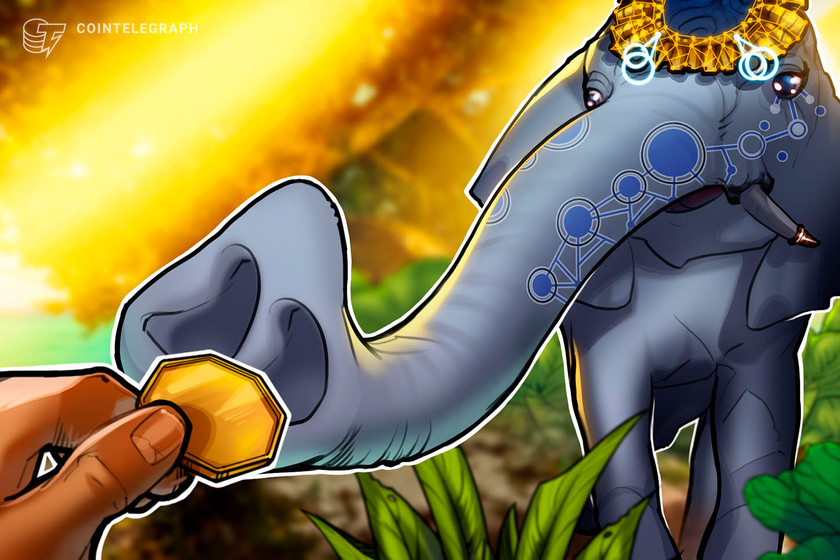Play2Earn: How Blockchain Can Power a Paradigm Shift in Building Game Economies
For the past decade, the dominant business model in the gaming industry has been Free2Play.
This model entails giving the game’s base experience away for free and then monetizing the player base through ads and in-app purchases, referred to as “microtransactions”.
Over time, this model has become increasingly adversarial towards players, employing predatory monetization schemes and catering to “whales” instead of the average user. Despite its voracious nature, this business model has been enormously successful, helping to build a $159 billion dollar industry that’s now more than twice the size of the global movie and music industries combined.
This tremendous growth really took off in 2007, when the iPhone was released and smartphones started to become ubiquitous. Today, mobile gaming alone is a $77 billion industry, representing 48% of the total gaming market.
Predatory monetization
Mobile games in particular apply certain monetization tactics to psychologically manipulate players into buying “bundles” of game items. Players are given a selection of purchase options, usually ranging from $1.99 to $99.99, which include loot boxes, character boosts, and in-game currency that will help them progress faster and stand out more in-game.
Despite prices being arbitrarily set by the developer, the larger bundles are typically advertised as providing three-to-five times the value for purchasing in bulk. They are marketed aggressively through push notifications and at strategic points during character progression.
This model eventually devolves into a “Pay2Win” environment where those with the most disposable income, called “whales”, will have an objective advantage by buying their way to superior gear and faster progression time. The best items are usually only available through randomized purchasing via loot boxes (with a <1% chance to drop), which lends itself to whales acquiring them immediately.
That leaves the majority of players disadvantaged, as they either cannot afford or are unwilling to pay for that luxury, and will require several weeks or months of grinding to get the same gear for free.
According to a Facebook Gaming report, 61% of gamers say they have felt post-purchase regret after making an in-game purchase. While Free2Play has proved to be successful in helping propel the industry forward the past decade, we’re entering a new era where gamers will increasingly reject predatory monetization and start to insist that top grossing game developers deliver some of that value back to the players.
A new business model called Play2Earn aims to directly address this spending disparity. In this model, open market dynamics allow game assets to retain value, better aligning incentives with players. Savvy developers are choosing to empower players to trade their assets, giving them a superior sense of ownership and control.
All monetization is not created equal
It’s not accurate to paint all Free2Play games with the same brush, and certainly some games approach monetization far better than others. PC games that serve the esports market are not immune from this, but they certainly are better than mobile-first games, in that the purchases are usually cosmetic in nature only.
Overall though, this is a huge problem that has gotten worse as the industry has grown. While the typical game studio maintains a limited profit margin, monetizing ads and the in-app purchases, the most successful ones don’t even need ads as they are wildly profitable with the bundle-style monetization alone.
Games like Call of Duty, Clash Royale and PUBG MOBILE are generating tens of millions of dollars in revenue each quarter. Most games fail to ever achieve this level of breakout success, but the ones that do become cash cows for many years. It’s common for them to release content quarterly, giving players enough content to consume to keep them minimally engaged and continuously spending, but the experience doesn’t change in any material way. (Looking at you Pokémon Go).
There’s certainly nothing wrong with wanting to create an extremely profitable game company, but there’s a big opportunity for top grossing games to experiment with new business models. Of these tens of millions of dollars each quarter it’s reasonable to have some of that value flow back into the game’s economy where it can work its way back into the hands of the players that helped generate the most value.
At the same time this could create deeper layers of engagement, as players are directly incentivized to crank out daily quests and build up an account for the long term. Rewarding users who create a lot of value will pay dividends in the long run.
Creating earnings opportunities for players in addition to just spending opportunities can help to establish more sustainable digital worlds that have flourishing auction houses and robust secondary marketplaces.
This is in stark contrast to focusing on squeezing the pockets of vulnerable players as much as possible before their inevitable churn.
A new model that emcompasses many of these principles and represents a paradigm shift in how the economics of a game can function is becoming known as Play2Earn.
The Play2Earn model and walled gardens
Play2Earn focuses on maximizing player engagement over profit. Boiling it down to three key principles, Play2Earn means:
- Providing skilled players ways to earn as a reward for being highly engaged with the game. Usually in the form of in-game currencies that have open market dynamics.
- Enhanced ownership of digital assets. Players own and are able to trade and monetize their assets.
- Transparent and participatory in-game economies. Game developers allow and encourage building additional experiences on top of the game’s core experience.
The gaming industry consists primarily of walled gardens and closed-loop ecosystems. Players spend money on in-game currency and items which they do not truly own and often cannot redeem for real world value. Players derive enjoyment from a particular game for a few months, but eventually they churn and move on. When that time comes, they cannot liquidate the rare items they spent months grinding to acquire. They are stuck in that game’s walled garden and are effectively dead assets.
The vast majority of this middle class of players actually never spend money on Free2Play games. For some, it may be because they can’t afford these $99 packages. For others, it’s likely because they feel they aren’t getting enough value. It doesn’t feel good to sink months of time and money collecting gear only to be stuck with assets that are effectively worthless, leaving only regrettable charges on your credit card when you stop playing.
Furthermore, players are kept unaware of what’s going on in the backend of the game’s economy. Game developers are their own central banks. They non-transparently dictate an item’s supply and inflation rate. These closed ecosystems encourage monopolistic situations in order to extract profit. Moreover, they indirectly discourage spending, as many players will refuse to spend knowing those assets are destined to be locked in their accounts forever.
Platforms are guilty, too
It’s not just the top game developers who have become destructive with closed ecosystems. Steam, Google, and Apple’s 30% cut on all store and in-app purchases are essentially payment monopolies. More than a billion people play games on Apple devices, and gaming now generates more than 80% of total revenue in their App Store. Apple has quietly become the world’s most popular video game platform and it’s making a killing on the fees it collects.
Antitrust issues, strict submission guidelines, and increasing competition are encouraging more developers to avoid Apple’s ecosystem and we’re likely going to see this trend accelerate if they don’t lower their fees.
Stimulating spending
Mobile gaming is an industry in which 43% of its revenue, according to this study, is derived from in-app purchases. Typically, this spending is coming from only ~5% of a game’s player base.
This means that $33.2 billion (43% of Newzoo’s estimated $77.2 billion in 2020 mobile games revenue) will come from just 5% of players.
Based on this logic, a 1% increase in the number of players actually spending money would generate roughly $6.5 billion in new revenue. Put another way, if 2% more players start spending the average amount, the industry will generate more revenue than the entire music industry did in 2019 ($11.1 billion).
It’s clear that mobile developers need to find new ways to drive value for the other 95% of players.
In the real world, consumers can liquidate their physical assets such as cars, homes, and other belongings to make way for shifting preferences, leaving more captured utility overall. It should be the same way in the digital world. Spending months grinding to craft rare armor or unlock skins should be more like building a custom PC or buying a car. When you no longer need some of those assets you can sell them to someone else.
And there is a new generation of games that are embracing open economies with assets that create residual value. They are baking in ways for the players to earn in-game currency that’s redeemable for real world value.
Blockchain-based Play2Earn rewards
The most straightforward way to implement Play2Earn features is to directly reward highly skilled players of multiplayer games. One example of this is the digital trading card game SkyWeaver. The game’s developer, Horizon, has chosen not to monetize through randomized purchasing of cards; if a player wants to get their hands on some SkyWeaver cards they’ll either have to win the weekly leaderboard or purchase the cards on a secondary marketplace from another player who’s won them in previous competitions.
By playing in the competitive multiplayer game-mode, players are automatically entered in a ranked leaderboard, where the top 1,000 players will be rewarded each week with SkyWeaver’s blockchain cards. These won cards are a player’s property which they can play, trade or even sell for $DAI.
The advent of blockchain technology enables the creation of NFTs (non-fungible tokens), and it’s SkyWeaver’s “blockchain superpowers” that are used on the backend to track the provenance and other metadata of each NFT asset in the game.
Pro players and streamers are able trade their assets in the game, and anyone can look up how many of each card exist along with its ownership history. “Open economies change the incentives for players to purchase or compete for valued game items” says Horizon CEO Peter Kieltyka. “With the advent of blockchain, we can now let our players own and trade pieces of our virtual worlds.”
Similar digital card games, such as Hearthstone, provide no such direct reward potential, nor can cards be individually sold on a marketplace (or traded at all). To earn money in Hearthstone, you need to be a pro player with a salary or a talented streamer who can build a brand around themselves. Very seldom can ordinary players can earn money directly from Hearthstone’s pro circuit. This requires months of high leaderboard placement in order to qualify for a cash event. Then players need to travel to compete at in-person tournaments where placing outside the top 16 means no monetary reward and a sizable travel bill.
Grinding for rewards
In Axie Infinity, a Pokémon-inspired universe where players battle, raise, and collect fantasy creatures, the game highlights the benefits of Play2Earn through rewarding gameplay and a player-driven economy. Battling monsters in the game’s PvE mode will earn you tokens called Love Potions which can be sold for the highly liquid cryptocurrency Ether. With those proceeds, you can choose to buy additional items in Axie Infinity, or migrate that value to a different crypto-enabled game, or even sell them for U.S. dollars.
Axie has also been paying out tokens from sponsors such as MakerDAO & Kyber Network, two of the top DeFi (decentralized finance) projects, to the top 50 players on their leaderboard. This represents a new model in which advertising budgets go directly to the players, which drives more engagement and demand for game assets within an ecosystem.
More from NFT and Blockchain Gaming Theme Week
Axie players have estimated you can make $1.50 – 2.50 per hour grinding battles. Not enough to laugh your way to the bank, but for players in less developed countries this can be significant. For the average U.S. player, this is enough to supplement reinvestment into the game and keep playing without having to immediately make additional purchases to advance.
Axie Infinity growth lead Jeff Zirlin says “Axie appeals to a few different archetypes of entrepreneurial gamers. We have grinders and farmers from lower average-income countries like Venezuela and Indonesia. We also have intense PVP competitors that love the liquid token rewards for our leaderboard. Collectors and traders, empowered by our Ethereum-based marketplace, have bought and sold individual Axies for over ten thousand dollars— with zero counterparty risk.
Moving forward, we’d like to further empower our community by allowing them to earn a token that allows them to govern the ecosystem in the future, making decisions like what content to add within the universe, what tech upgrades should be focused on, and what to do with funds generated by the game’s operation.”
A new form of community economics
Progressive game developers are embracing game extensibility, encouraging the community to build tools and experiences on top of the game to enhance its utility. It’s common for game developers to look to their user base to help design future content to be added into a game. This could be voting for or designing a new set of skins, a new level, or even unique game modes.
But today, this process provides no long term benefit to the community members who help to create high quality content.
Some examples of extensibility are deck tracking tools for a digital card game, or sites for tracking prices and trends in a game’s auction house. As we see with Axie Infinity, The Sandbox, and SkyWeaver, developers are not only allowing it, but encouraging community-built tools and assets because they understand it expands their ecosystem and drives engagement.
Using smart contracts, each purchase of a skin or assets designed by an external artist can include a small revenue share that is automatically paid out for a set period of time (or perhaps in perpetuity). Talented creators can earn supplemental income for their designs, not to mention have their work memorialized in a game. Through empowering players in a creative economy, artists can gain worldwide recognition for their work, perhaps giving rise to the Ralph Lauren of MMORPGs.
Crowdsourcing content from the community in this way reduces costs for developers and can even allow players to build businesses around in-game economies. This can be seen in The Sandbox, an environment in which artists are empowered to help craft their world.
“The strong vision behind The Sandbox Metaverse is to offer a truly decentralized economy, with the games and content built and controlled by its community of users. Our circular economy relies on the use of blockchain and various tokens — LANDs NFTs, the SAND utility token as well as ASSETs, Gems & Catalysts — to build what we believe are strong grounds for Play2Earn primitives”, said Sebastien Borget, COO and co-founder of The Sandbox.
“Whether you are a Player, Creator, Investor, LAND owner or Contributor, you should be rewarded for taking participation and contributing to the value-accretion as a stakeholder of our User-Generated Content gaming platform.”
“Blockchain maximizes the alignment of incentives and favors developing opportunities that goes beyond what the developer originally intends. In a couple of years, we are projecting the full economy will be 100% owned by players and our role will be simply to develop additional services for our users”
Mainstream games like Roblox are already embracing participatory economies at scale. The game’s community has over 2 million active developers who are provided the tools and support to create on the platform. In 2019, Roblox developers, and the studios created on their platform, earned over $110 million.
As A16z’s David George put it, Roblox’s platform provides “creator/player network effects where more players attract more creators to build great games, who in turn attract more players — creating a virtuous cycle that increases how valuable the entire network is for all.”
Economics of Play2Earn still untested
Developers considering embracing open economies will justifiably have many questions about how it will affect their bottom line. Will they lose money overall and how will it impact player engagement and LTV? Can these features be gamed themselves, or botted? Is it worth having a secondary market for trading?
For that last question in particular, developers have an interesting opportunity to build and oversee their own secondary markets. Existing third party marketplaces for games that do have tradable items operate in the dark, outside of the control of the game creators. This gives rise to fraud and exorbitant fees.
Secondary trading operating within the purview of the developer would generate revenue on secondary sales in perpetuity. Forgoing immediate revenue on a portion of primary sales in order to embrace the long tail of secondary sales could prove to net out more revenue in the long run.
It could also give birth to secondary effects such as high wager tournaments with asset prizing, viewership boosts from the fact that there’s more at stake, and new markets like digital player memorabilia from famous streamers selling their champion’s gear. With the sports memorabilia market valued at $5.4B, it’s clear there’s a huge market for collecting rare and valuable items and the same applies for digital collectibles in popular games.
This can all be very tricky to model out. Engagement will rise initially as players start trading and trying to make money playing the secondary market. That would lead to higher LTV as users stick around longer and feel more confident spending, knowing their assets are salvageable. One might even program in revenue sharing and royalty agreements into transactions involving asset artists, Twitch streamers who promote these items, and of course the game developers themselves.
The future of Play2Earn
Will this new model work for game developers of all sizes and burn rates? No. These features constitute an experimental new blockchain-based business model that looks to maximize engagement over profits in order to build a large user base for the long term. We will need to see reference implementations succeed at scale and more research from AAA studios on new tech like NFTs and stablecoins using these approaches. Once that happens with positive results we’ll start to see heads turn at the big publishers and the start of significant change.
For now though, it’s clear that the design strategies employed by the top grossing developers have turned their games into exploitative monetization services with tactics that take advantage of behavioral tracking and price manipulation.
Today’s gamers dream of a World of Warcraft 2.0. The in-game economy is a top 10 nation by GDP and MAUs are in the billions. The massive profits generated by in-game commerce are pumped back into its economy, with enough reserved for nourishing high quality game development and associated costs.
It’s a perpetually break-even game in which the primary focus isn’t enriching shareholders, but enriching the players who generate the most value and have the highest performance. As these new approaches scale, it will be fascinating to see what network effects emerge, and what a truly open in-game economy can produce.


